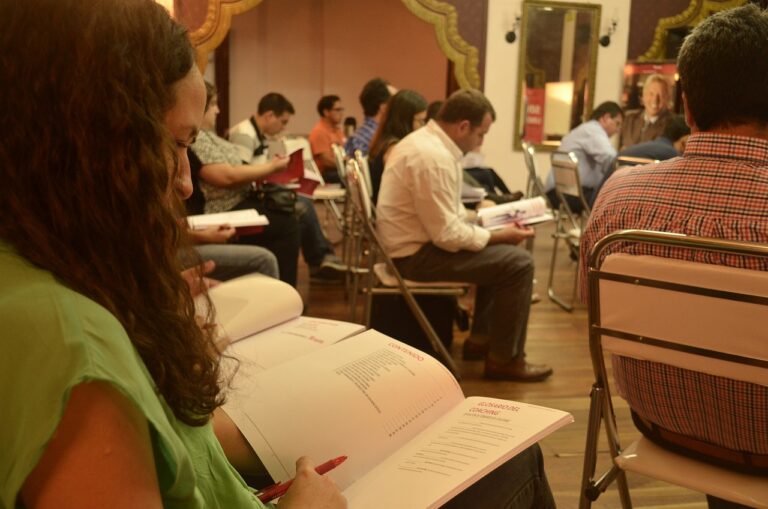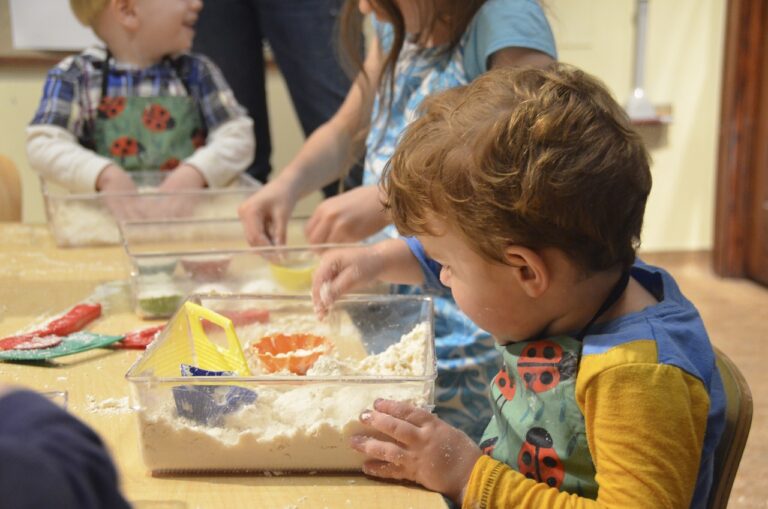Experiential Learning: Hands-On Education
Hands-on learning, also known as experiential learning, offers numerous advantages for students of all ages. One key benefit is the active engagement it fosters, allowing learners to interact directly with the material they are studying. By physically manipulating objects or engaging in real-world tasks, individuals are able to deepen their understanding and retention of concepts.
Furthermore, hands-on learning promotes critical thinking and problem-solving skills. When students are actively involved in the learning process, they are encouraged to think creatively and find solutions to challenges they encounter. This kind of experiential learning not only helps students grasp theoretical concepts but also equips them with practical skills that are essential for success in today’s dynamic and competitive world.
Examples of Experiential Learning Activities
Experiential learning activities can take many forms and are often tailored to the specific subject matter being taught. For instance, in science classes, conducting experiments and hands-on demonstrations allow students to see concepts in action and make connections between theory and real-world applications. For history lessons, field trips to historical sites or museums provide students with a tangible connection to the past, making the learning experience more engaging and memorable.
Another popular experiential learning activity is role-playing, where students assume different roles or perspectives to better understand complex issues or historical events. This method allows students to actively engage with the material, fostering critical thinking skills and empathy towards others. Furthermore, collaborative projects, such as building models or creating presentations, encourage teamwork and creativity while allowing students to apply what they have learned in a practical and meaningful way.
How Hands-On Education Enhances Retention
Hands-on education has been shown to enhance retention by actively engaging students in the learning process. When learners are able to physically interact with the material, whether through experiments, projects, or simulations, they are more likely to remember and apply the concepts in the future. This hands-on approach allows students to build a deeper understanding of the subject matter as they experience it firsthand.
Furthermore, hands-on education promotes active participation and stimulates multiple senses, making the learning experience more engaging and memorable. By offering a more interactive and immersive learning environment, students are able to develop greater cognitive connections and critical thinking skills. This active engagement with the material not only enhances retention but also encourages students to become more curious, motivated, and invested in their own learning journey.
Why is hands-on learning beneficial for students?
Hands-on learning helps students actively engage with the material, making it more memorable and increasing retention.
What are some examples of experiential learning activities?
Examples of experiential learning activities include science experiments, field trips, role-playing exercises, and hands-on projects.
How does hands-on education enhance retention?
Hands-on education enhances retention by providing opportunities for students to apply their knowledge in real-world situations, reinforcing their understanding of the material.





